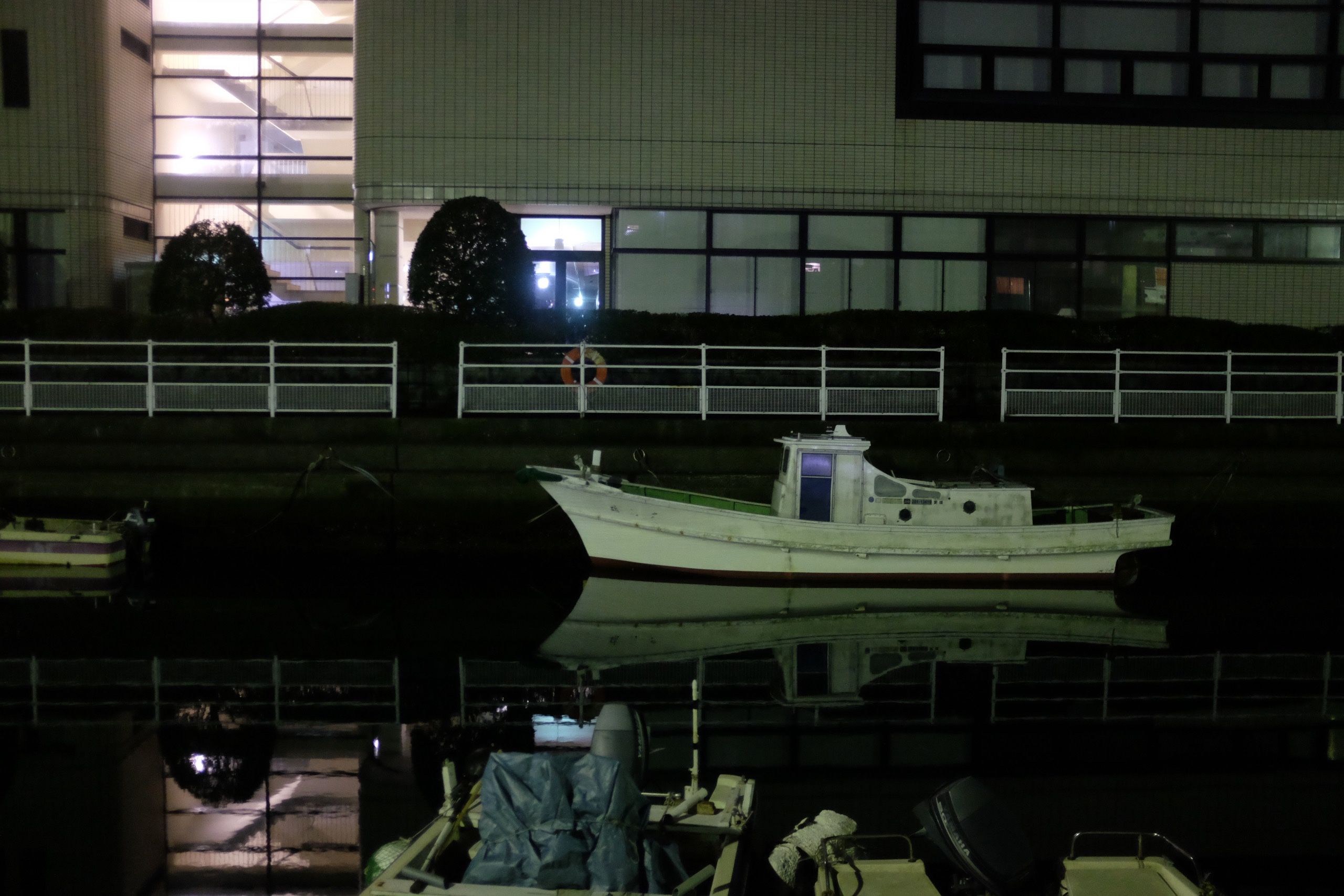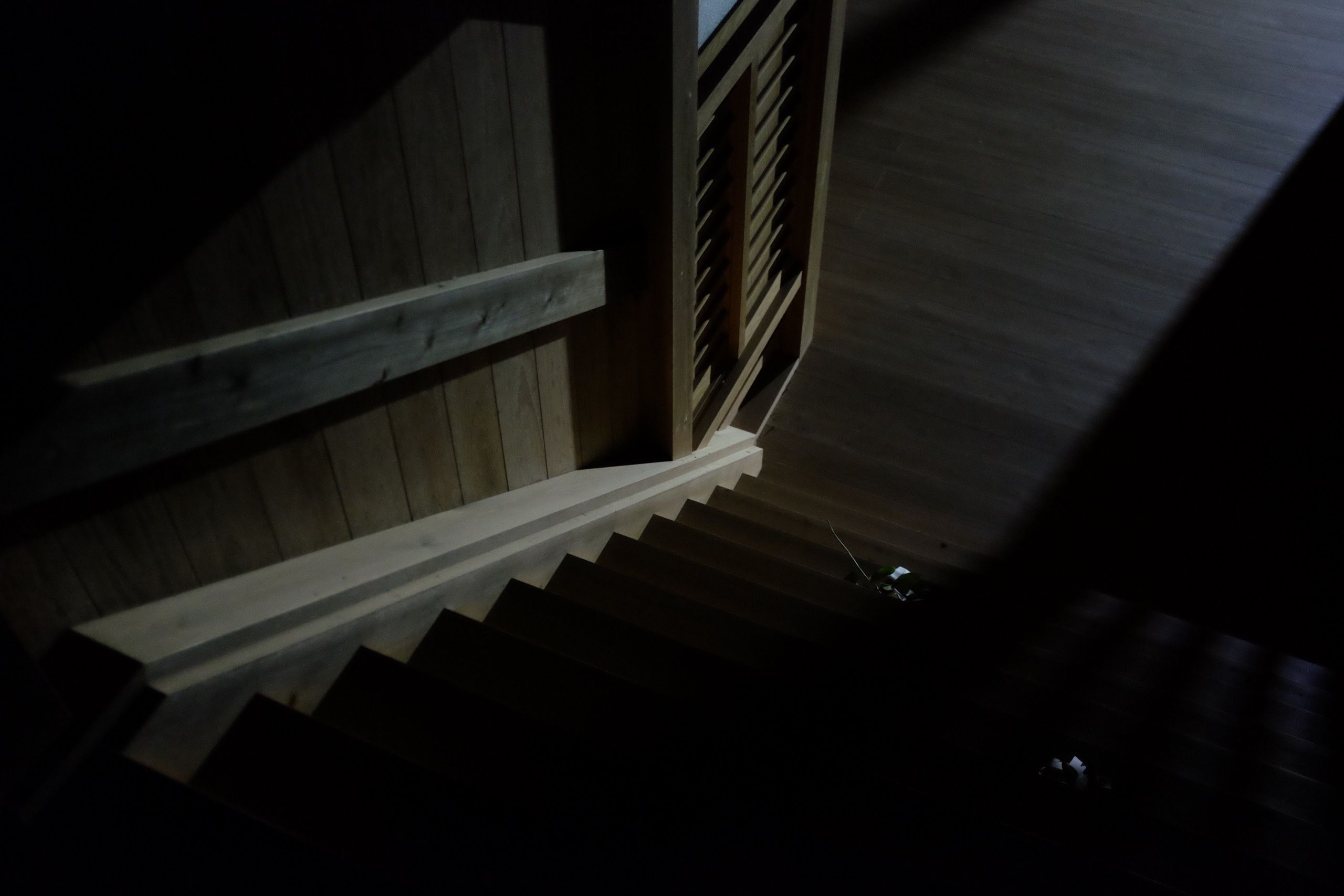Day 14 (February 6, 2019)
Ōzu, Ehime → Night and Day Pass → Honai, Ehime
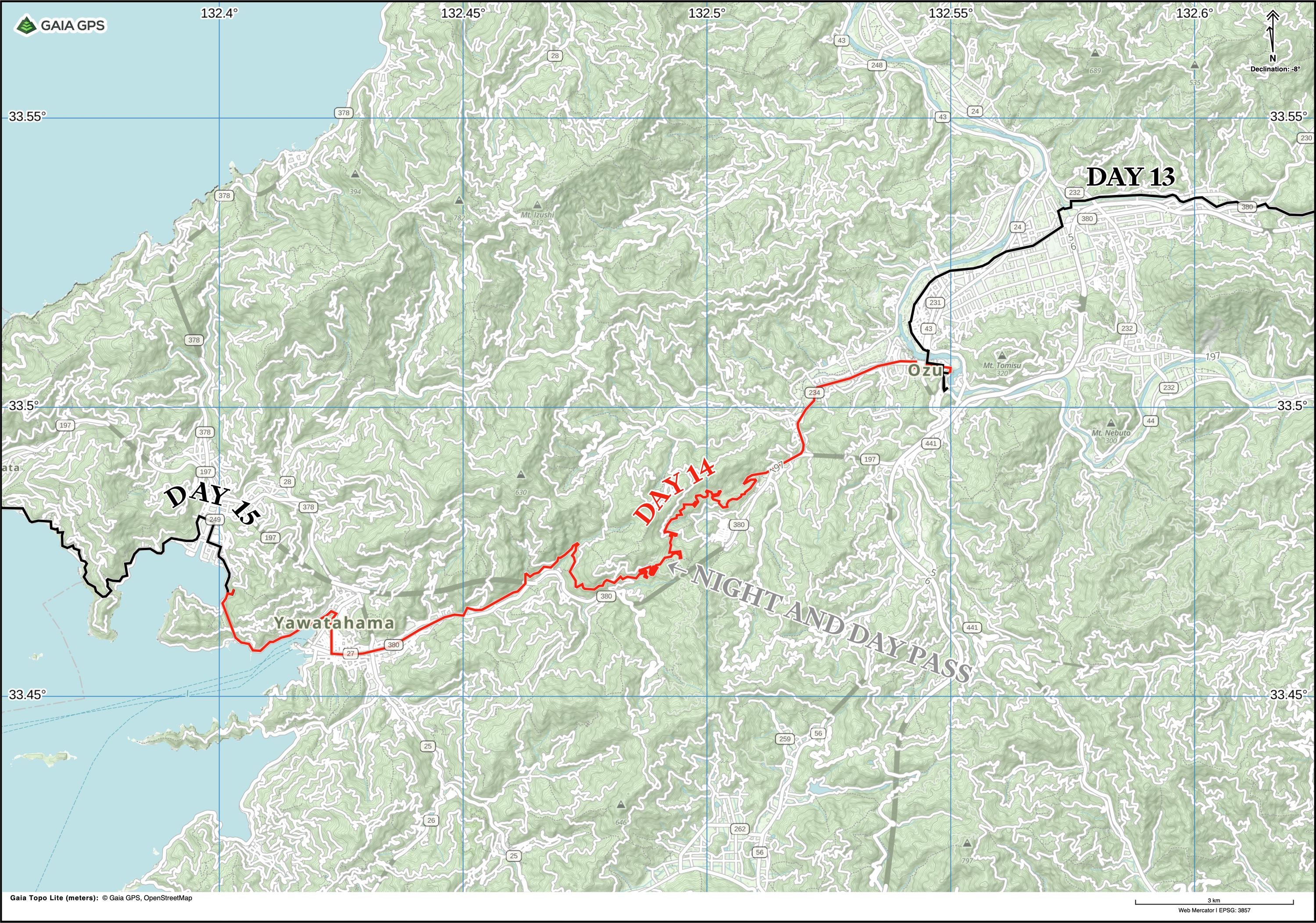

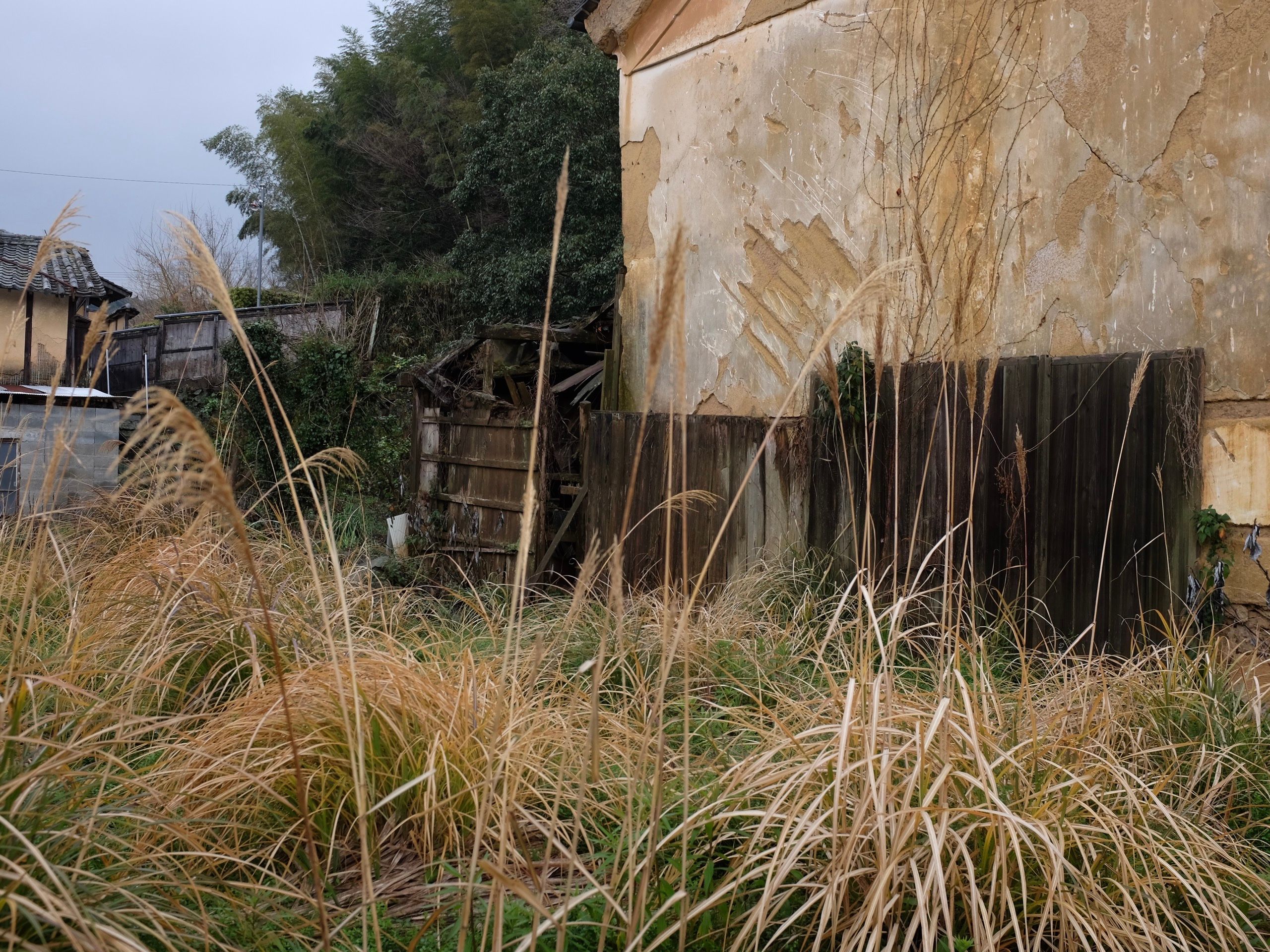
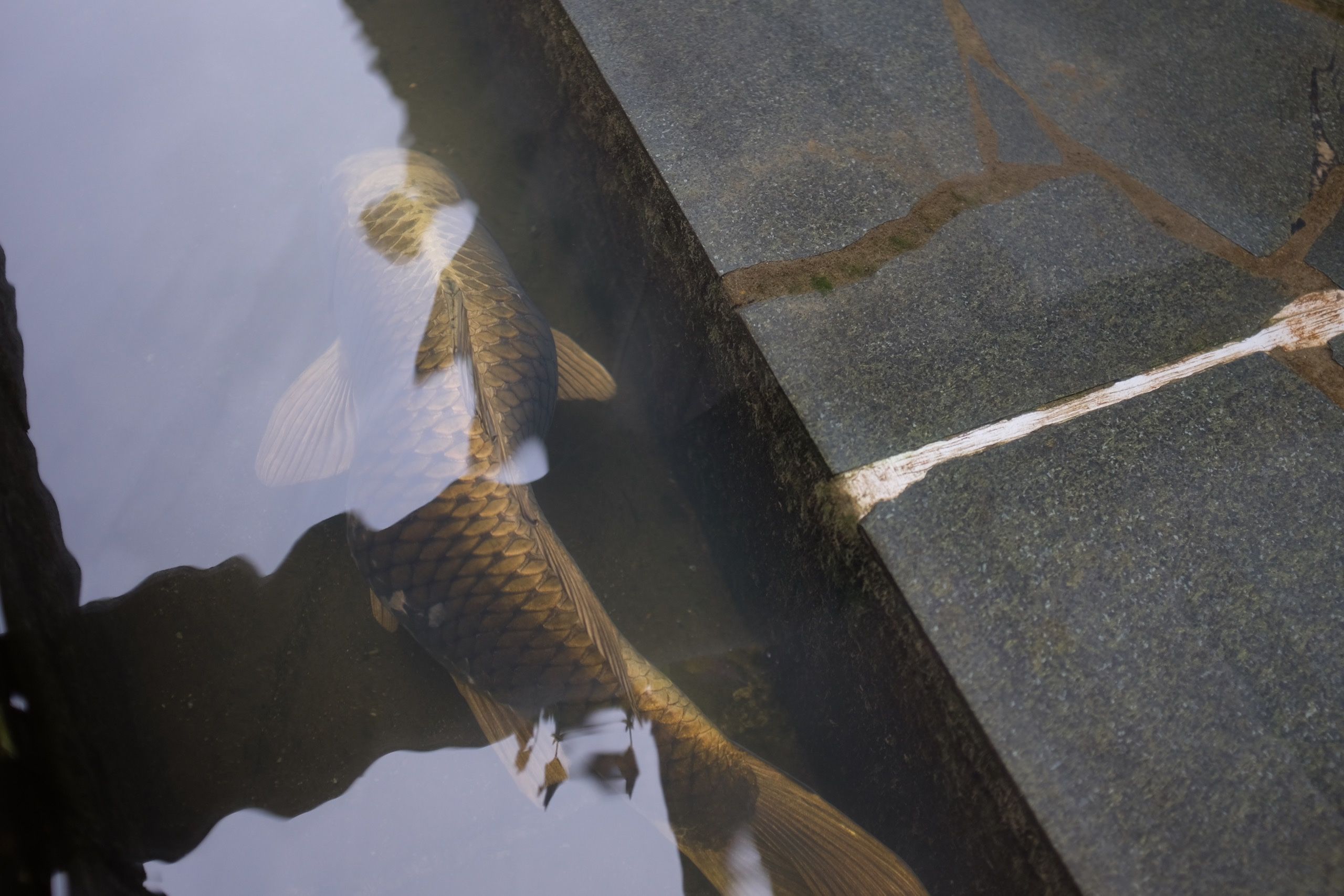
There is apparently such a thing as a scoliotic carp.
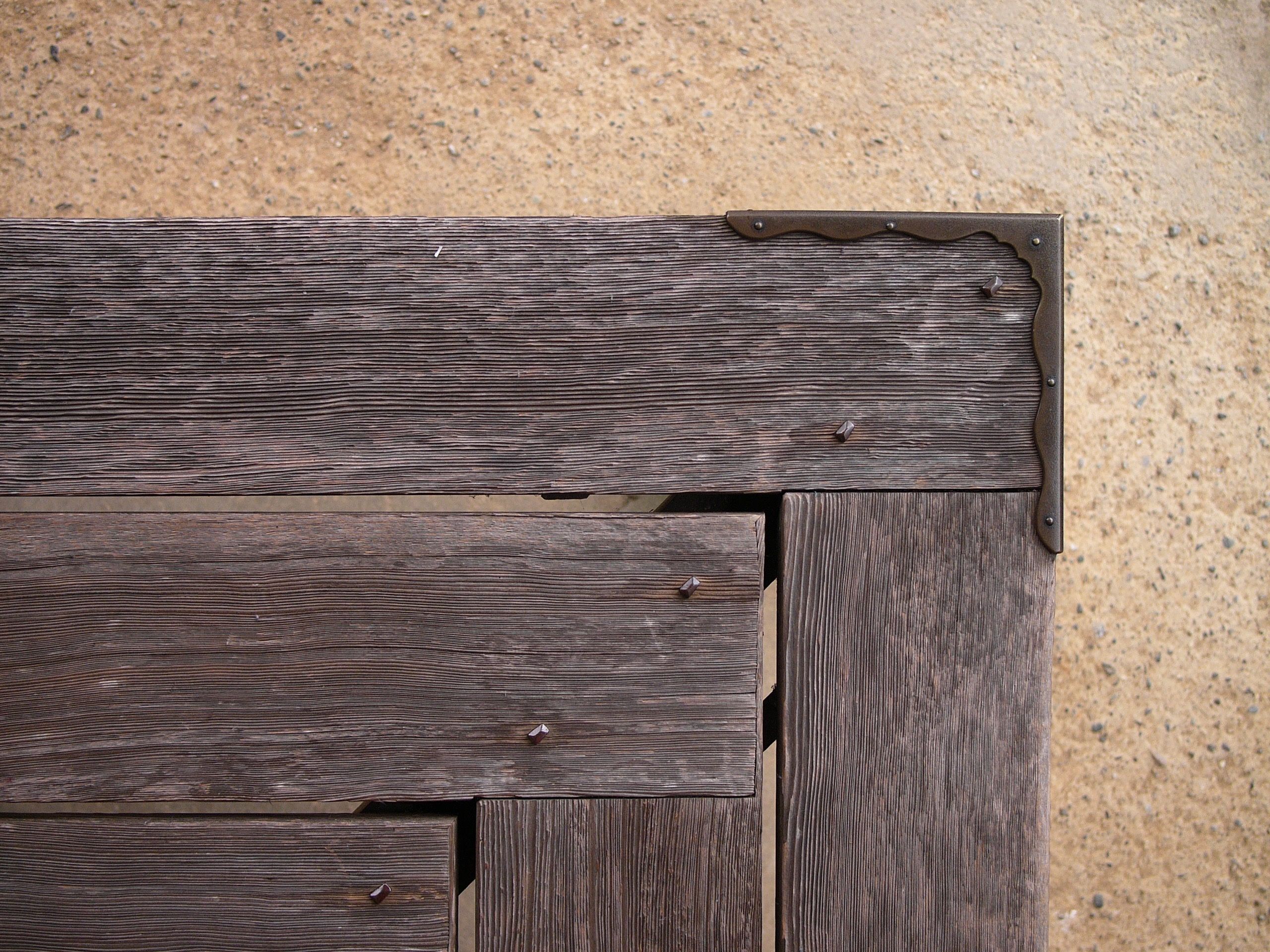
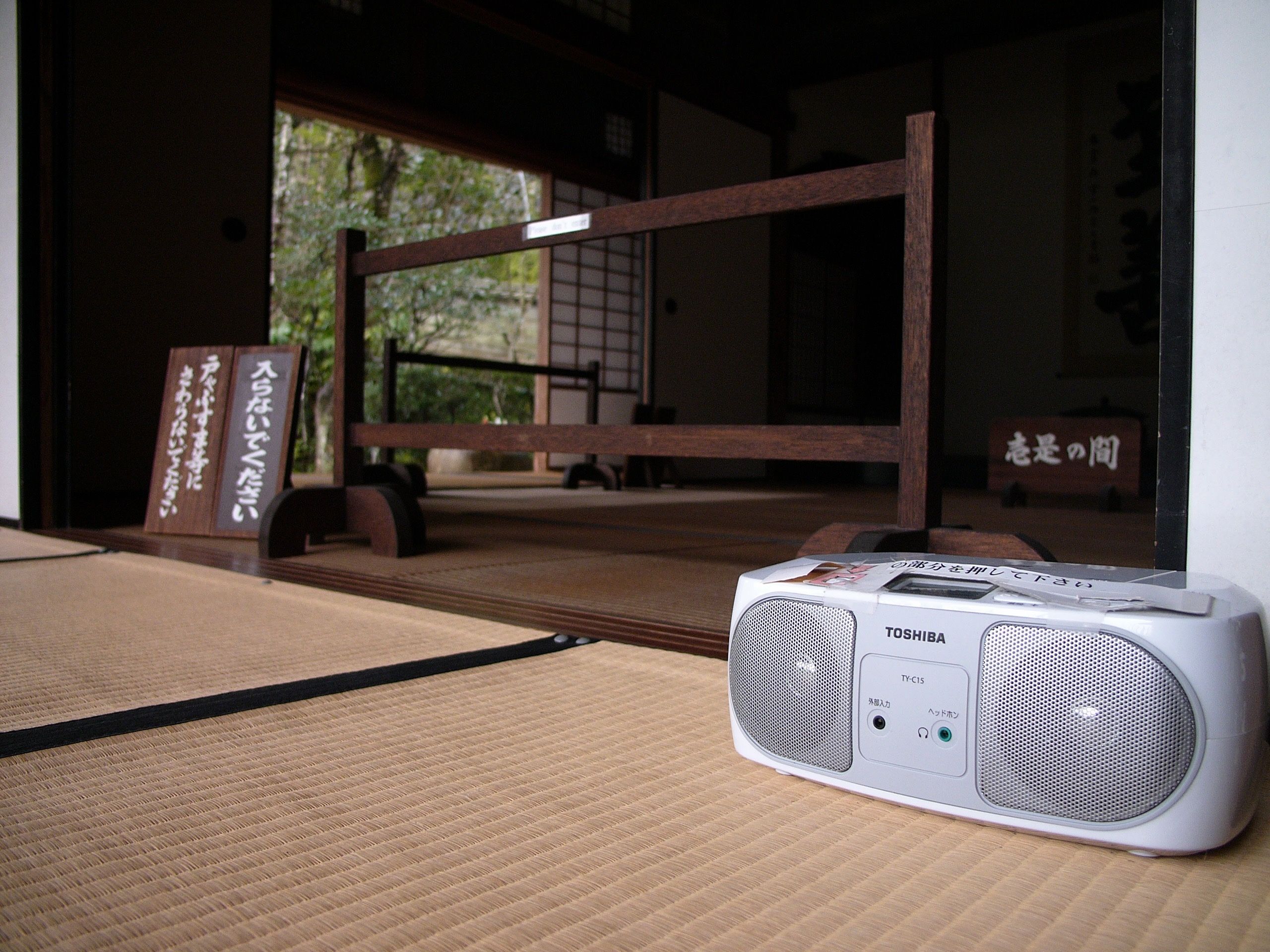
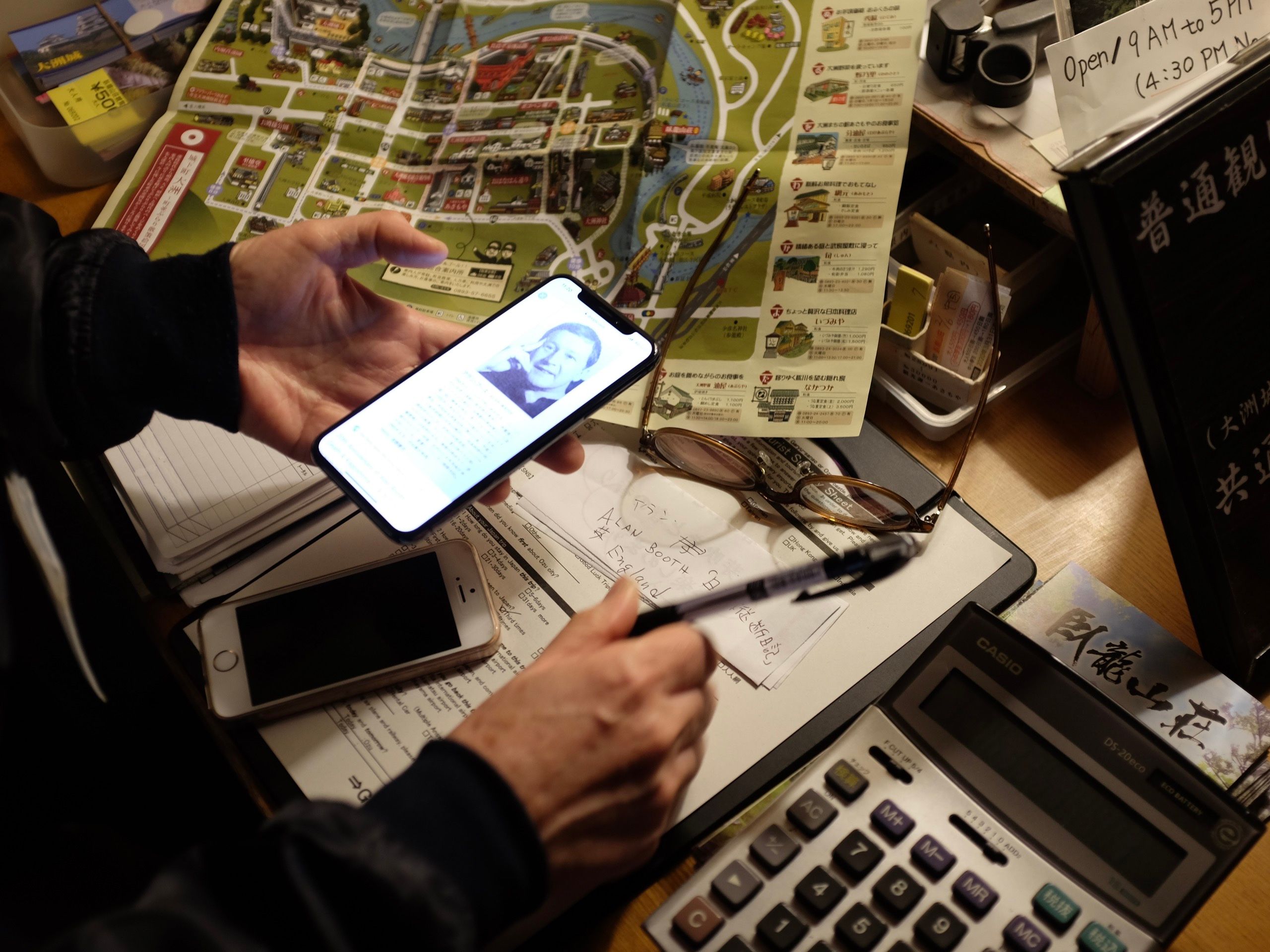

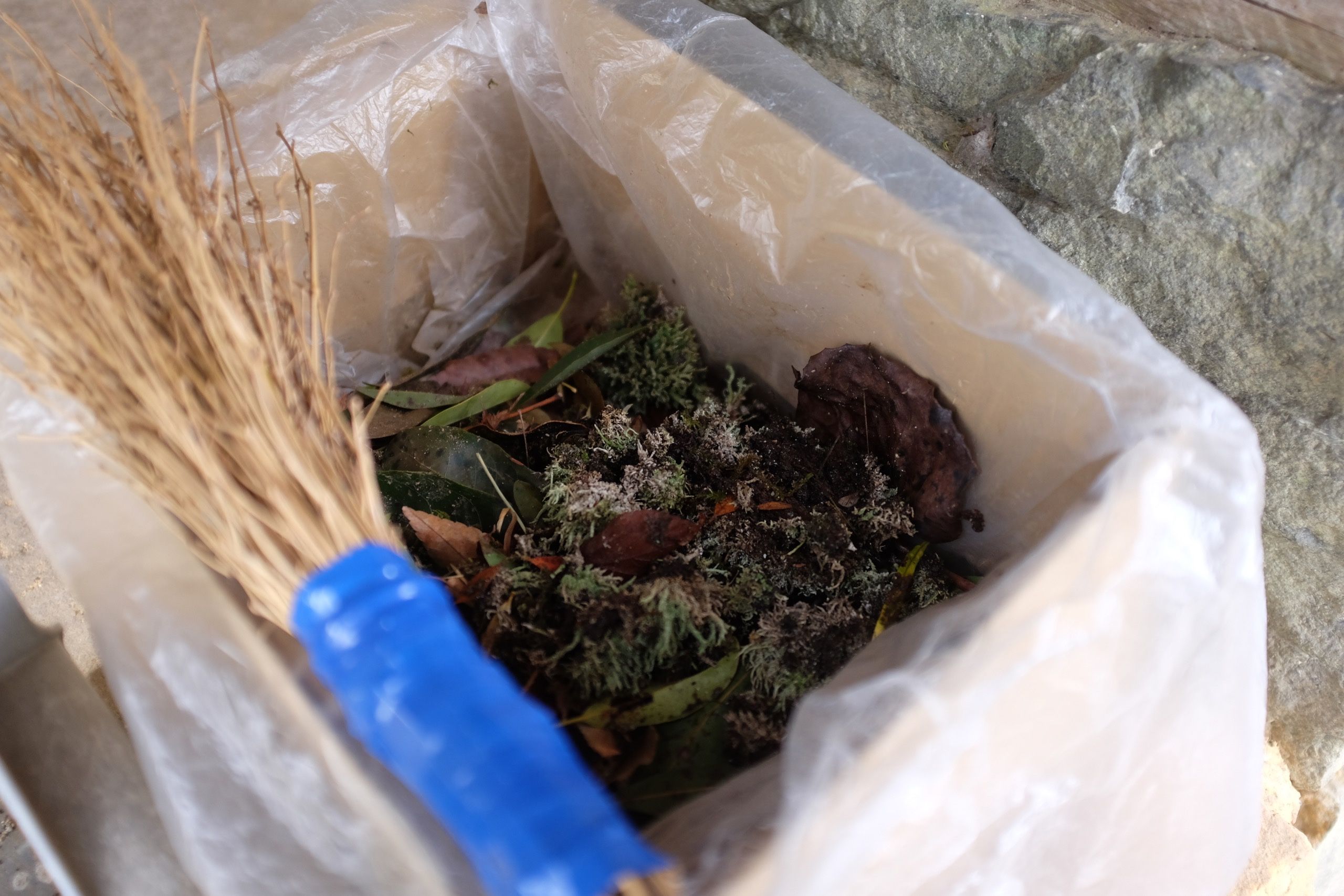
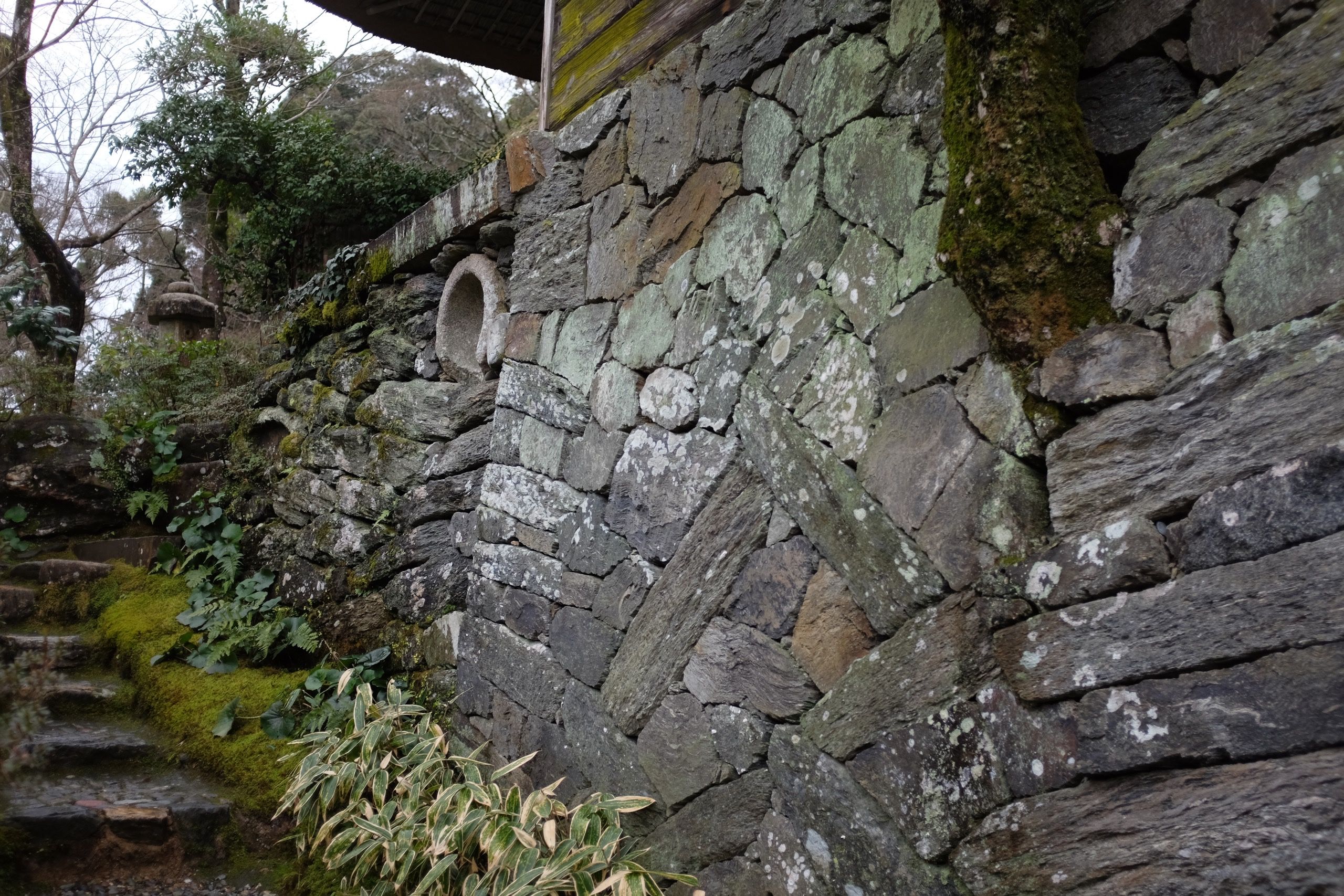

“The Garyū Sansō […] has three classically bare rooms, through each of which I strolled alone, except for the elderly custodian who followed me about switching on the Toshiba portable cassette recorders that were located at convenient points around the cottage, and out of which came the endless explanatory monologues without which Japanese visitors seem to find tranquility incomprehensible,” Alan Booth wrote about his visit to the Garyū Mountain Villa, and thirty six years later the Toshiba portable cassette recorders were silent, and I sat above the river, across the hillside, and I watched the rain fall. The house was connected to my own in elegiac and invisible ways, and for that hour I was at home again, after three years, and I remembered the trees and the birds and the hillside and the river. Later, I found the new custodian, and told her about Alan Booth, in the tranquil gloom of the night room, where the walls were dark grey and the setting sun turned into the moon, imagined and real.
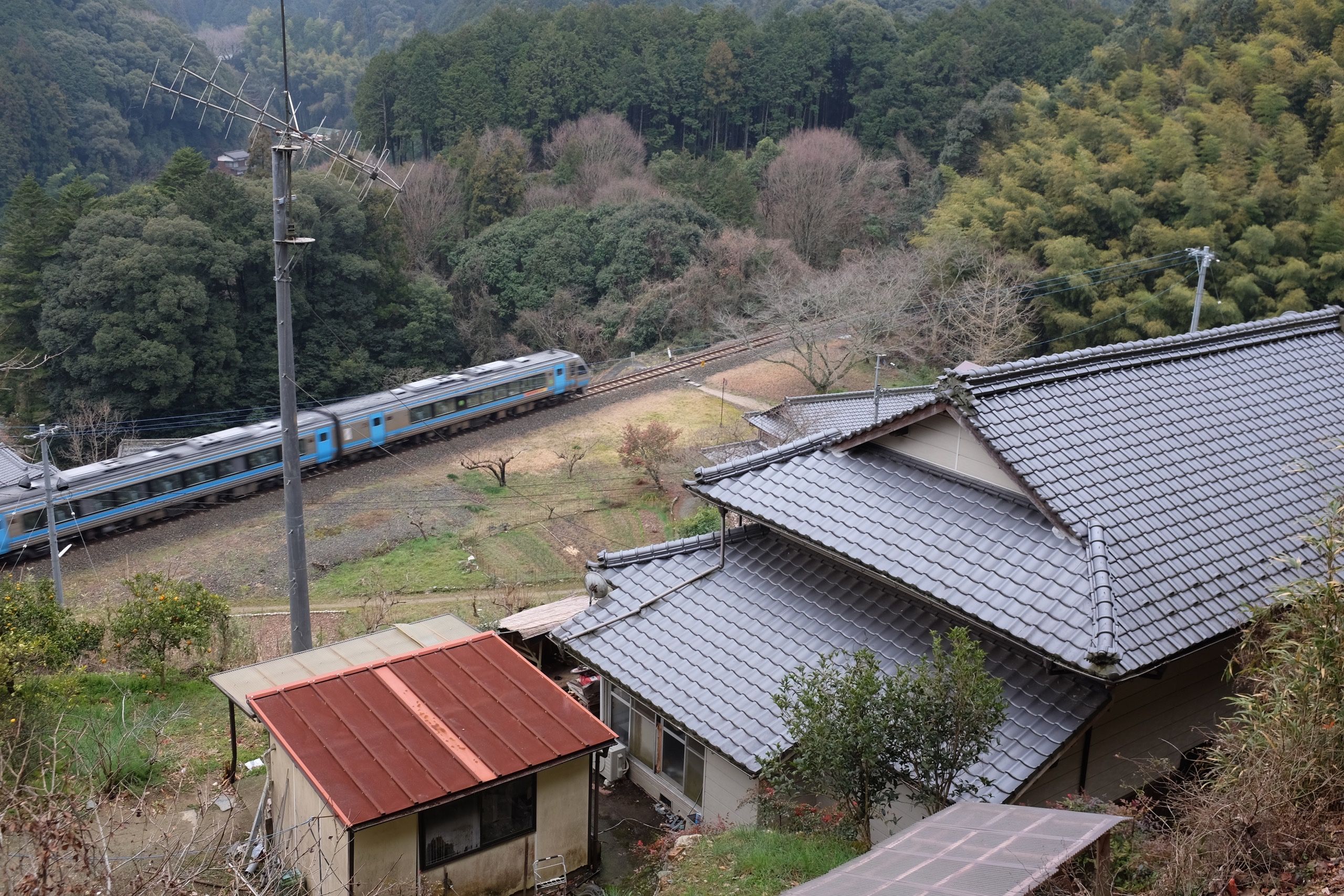



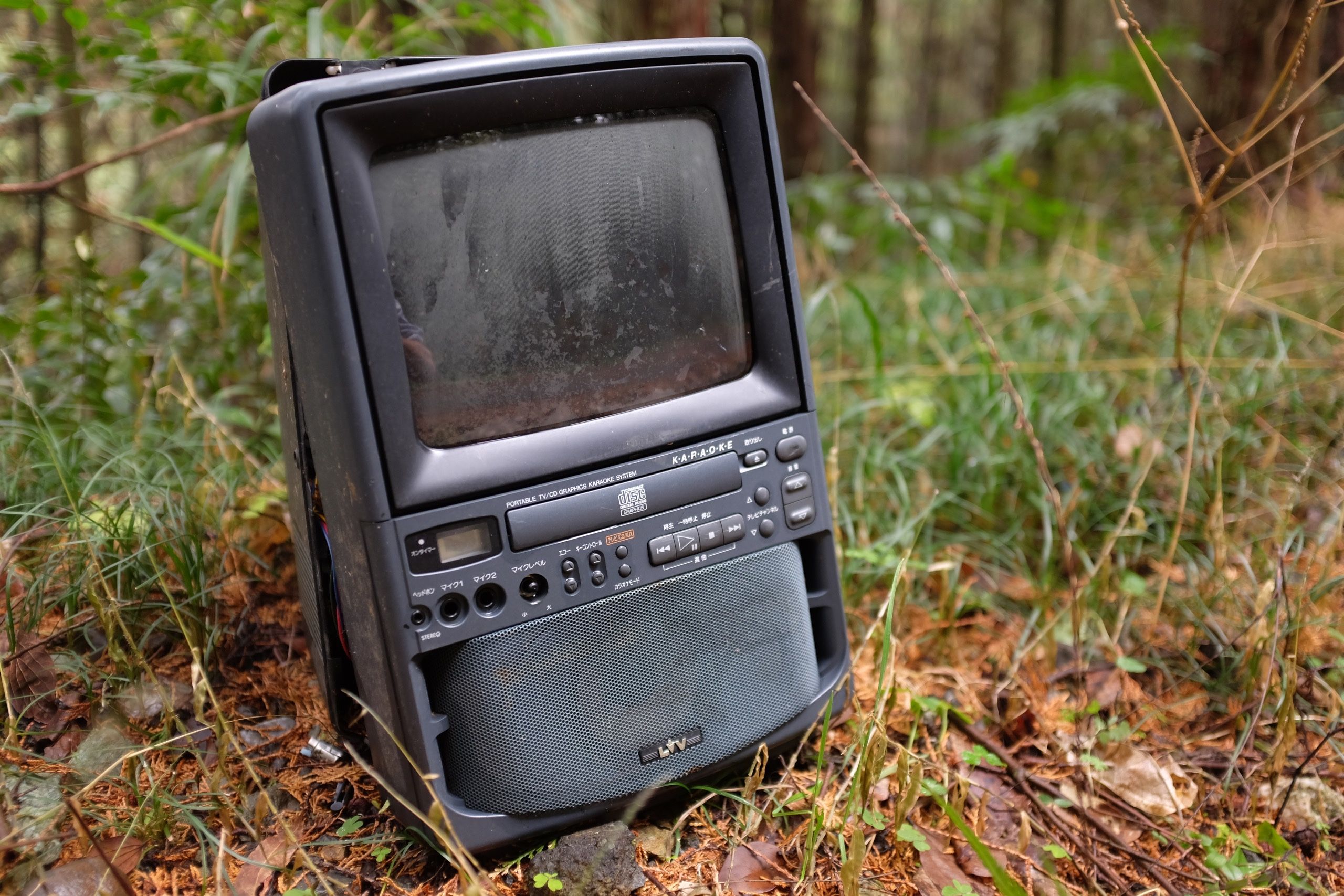
K•A•R•A•O•K•E T•I•M•E!! On the old road between Ōzu and Yawatahama, dripping with the morning rain, strewn with rotting oranges and televisions, a karaoke machine sat in the undergrowth. The occasion called for an a cappella rendition of the Pixies’s Wave of Mutilation, and the sea was now very near, and the afternoon sun dipped towards its many islands.
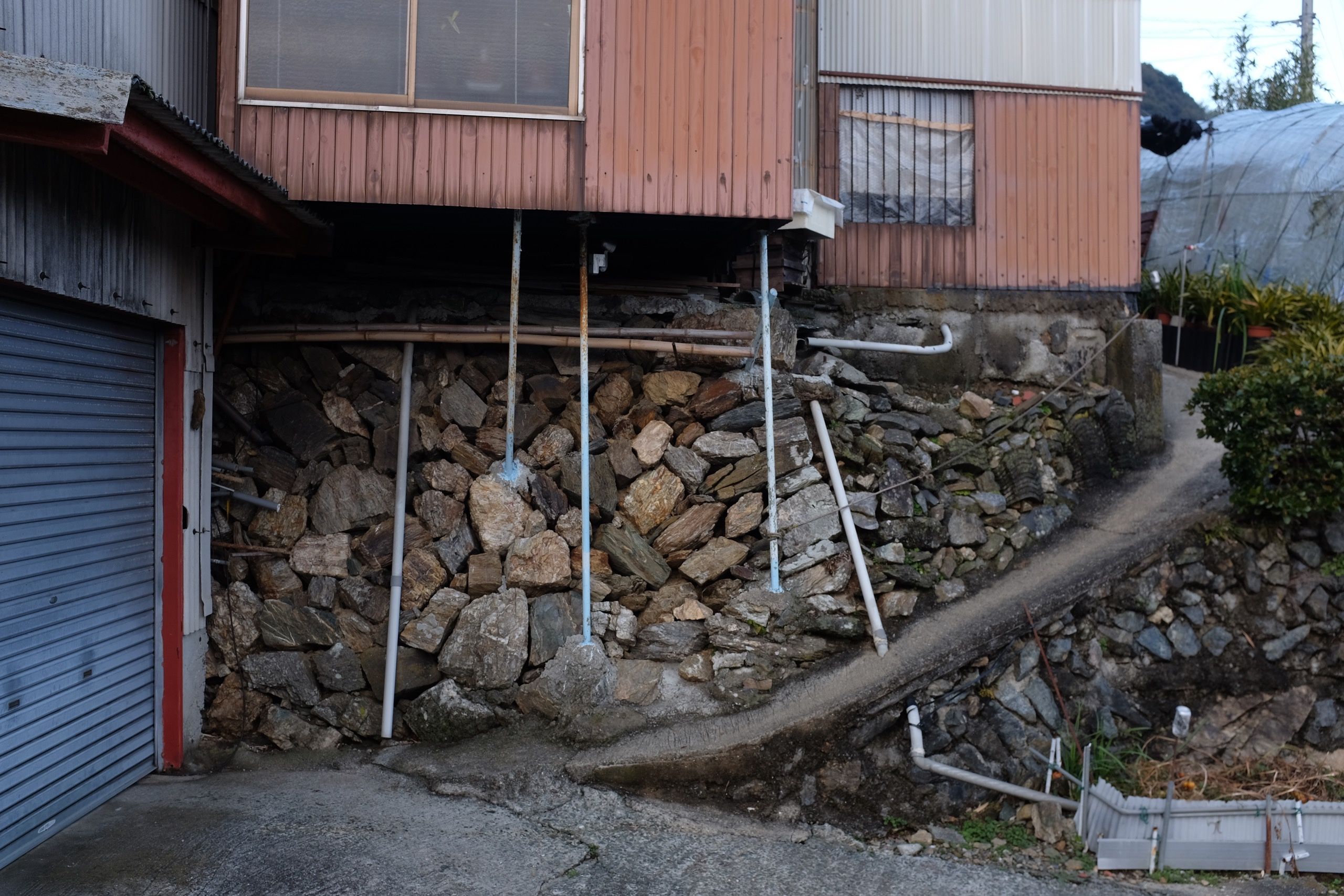

“On the sixteenth day of my walk I came again in sight of the sea. I glimpsed it first from the highest point of the old pass road, lying bleached and indistinguishable from the sky, beyond the port of Yawatahama […] and in the midday heat flies swam round my face,” Alan Booth wrote, and on the fifteenth fourteenth day of my own walk I came again, too, in sight of the sea. I glimpsed it first past the highest point of the old pass road, set against the blazing sunset like the engine bay of a McLaren F1, and the drone of the expressway percolated through the endless orange groves like a swarm of flies.

In an age when the dominant aesthetics of GT’s is that of new money and naked sociopathy, the LS500 is a punk gesture of understatement. It is all sinuous lines and tense sinews, power present but never flaunted, a Citroën SM or a Maserati Bora on fifty years of fast forward. The silent streets of Yawatahama beat to the tune of its twin-turbo, and it rolled into the empty night, and the sea was palpable now, its tendrils extending between the houses, below the fishing boats parked between offices.
